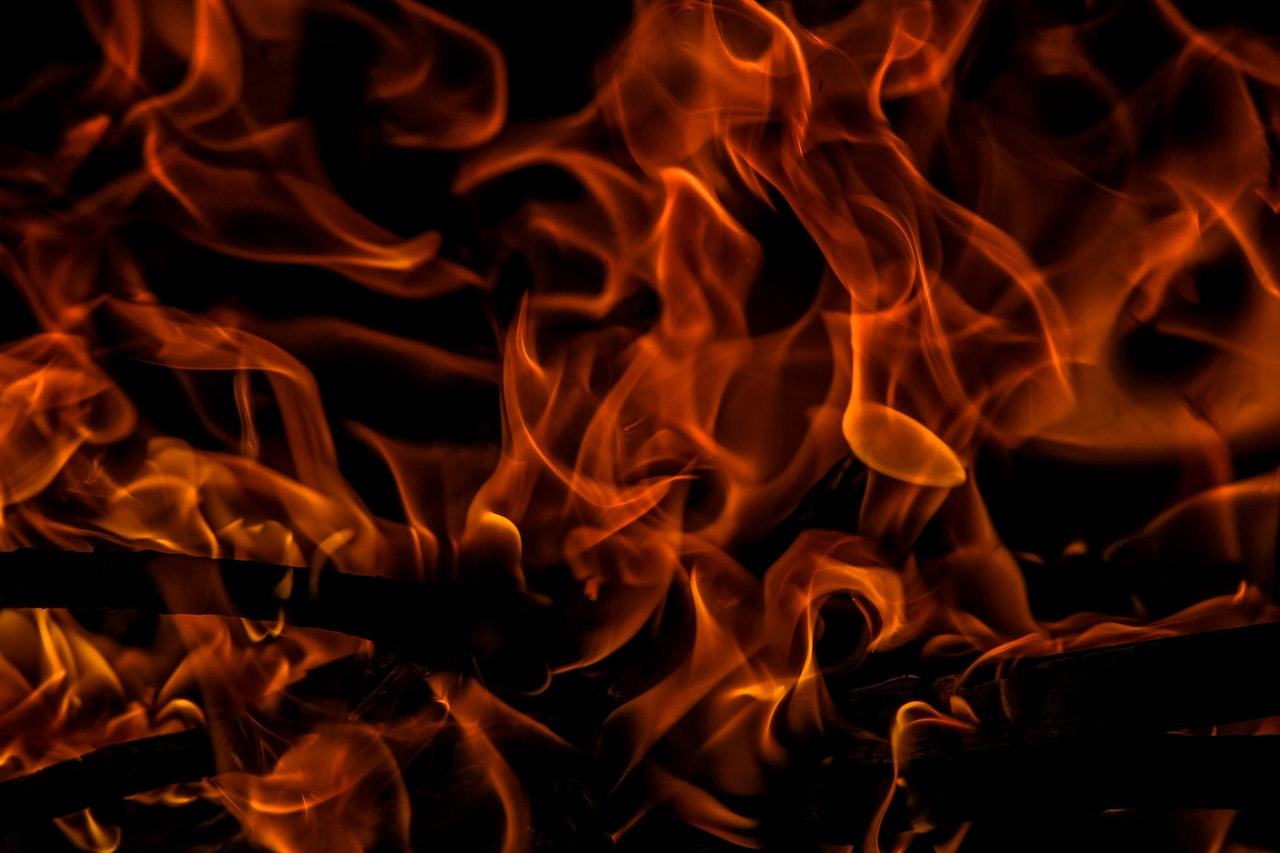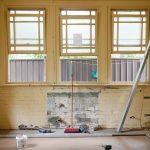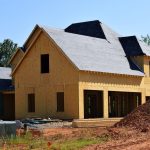Surety Bond Professionals is a family owned and operated bonding agency with over 30 years of experience. With access to a broad range of surety markets, our expert agents are ready to assist with all of your construction bond needs.
Strategic Design for Fire Resistive Construction
Years of drought in California brought the nation’s attention to the threat posed by wildfires. Of course, wildfires are not the only fire threat. Fires can originate inside structures as well. Certain design principles and fire resistive construction methods are employed today to keep the fire from gaining entry to a building and slow or halt its spread.
In fire-prone areas, local building codes often mandate Type III-A protected combustible construction or better for new construction. Type III-A, according to the International Building Code, provides 2-hour fire resistance for exterior walls and 1-hour protection for the structural frame, floors, and ceilings.
Keeping Fire Out
The primary strategy for keeping fire out of a building is to deny it the fuel it feeds on. That requires the use of non-combustible materials on a building’s exterior. These include cement, steel, and masonry, among others.
Windows and Skylights
Fire-resistant construction requires heavy-duty glazing, which resists fire for up to two hours. Single-pane glass and plastic in some skylights do not stand up well under heat. Annealed glass, ceramic glass, and plastic glazing are not recommended for use in homes in wildfire zones. Window and skylight frames should be made only of metal or metal-clad wood.
Doors
Fire-resistant doors must be fitted properly to prevent embers from getting trapped in any openings in the frame. The glass should have heavy-duty double glazing if the door design includes a window.
Siding
The exterior walls of a structure present the greatest opportunity for fire to gain entry. Fire-resistant buildings typically have siding made of steel, fiber cement, or masonry veneers.
Roof
Wildfires spread easily when embers land on a roof unless that roof is made of non-combustible material. Traditional asphalt shingles aren’t up to the task. Concrete, clay, and slate are. So is metal roofing, which can be fashioned to look like slate or clay or another natural material.
Keeping Fire Away
With new construction, homeowners who have not yet purchased land should be advised to avoid buying property in fire-prone wildland areas or at least to buy on a downside slope or flat area. Fire is known to travel faster uphill, so being on a downhill slope or flat land can buy a homeowner some time in the event of a wildfire.
Create a Defensible Space
Homes in fire-prone areas also can be protected by hardscaping that puts a barrier in between approaching fire and the structure, serving as a firebreak or barrier. Stone retaining walls, driveways, patios, decks, walkways, paths, swimming pools, and other features made of non-flammable or fire-resistant materials serve the same purpose. Landscaping for the purpose of protecting structures against fire has become known as “firescaping.”
Fire-Resistant Vegetation
Everyone wants an attractive property, but bear in mind that fire feeds on organic matter as fuel. Grasses, shrubs, trees, and other plants surrounding a home can easily ignite as fire advances, making it more likely to reach the structure. Highly flammable plants like ornamental juniper Italian cypress, Leyland cypress, arborvitae, rosemary, eucalyptus, and many ornamental grasses should not be placed within 30 feet or more of a building.
Some plants are relatively fire-resistant because they do not ignite easily due to their leaves’ moisture content and their sap’s chemical composition. For example, deciduous trees are more resistant to fire than evergreens. Nonorganic mulches can help retain moisture and inhibit the growth of weeds.
Building Construction Bonding Capacity
Developing a reputation for excellence in fire-resistant construction should enhance any contractor’s competitive position, especially in areas where devastating wildfires are common. And that can help increase a contractor’s bonding capacity in terms of both the amount that underwriters will approve for a single contract and the aggregate amount of multiple bonds needed to take on more than one project at a time. Surety bond underwriters look closely at a contractor’s industry experience, as well as at the strength and stability of the owner’s personal finances.
Call Us Today
Our surety bond professionals will help you grow your revenue by maximizing your surety capacity. Call us today!





